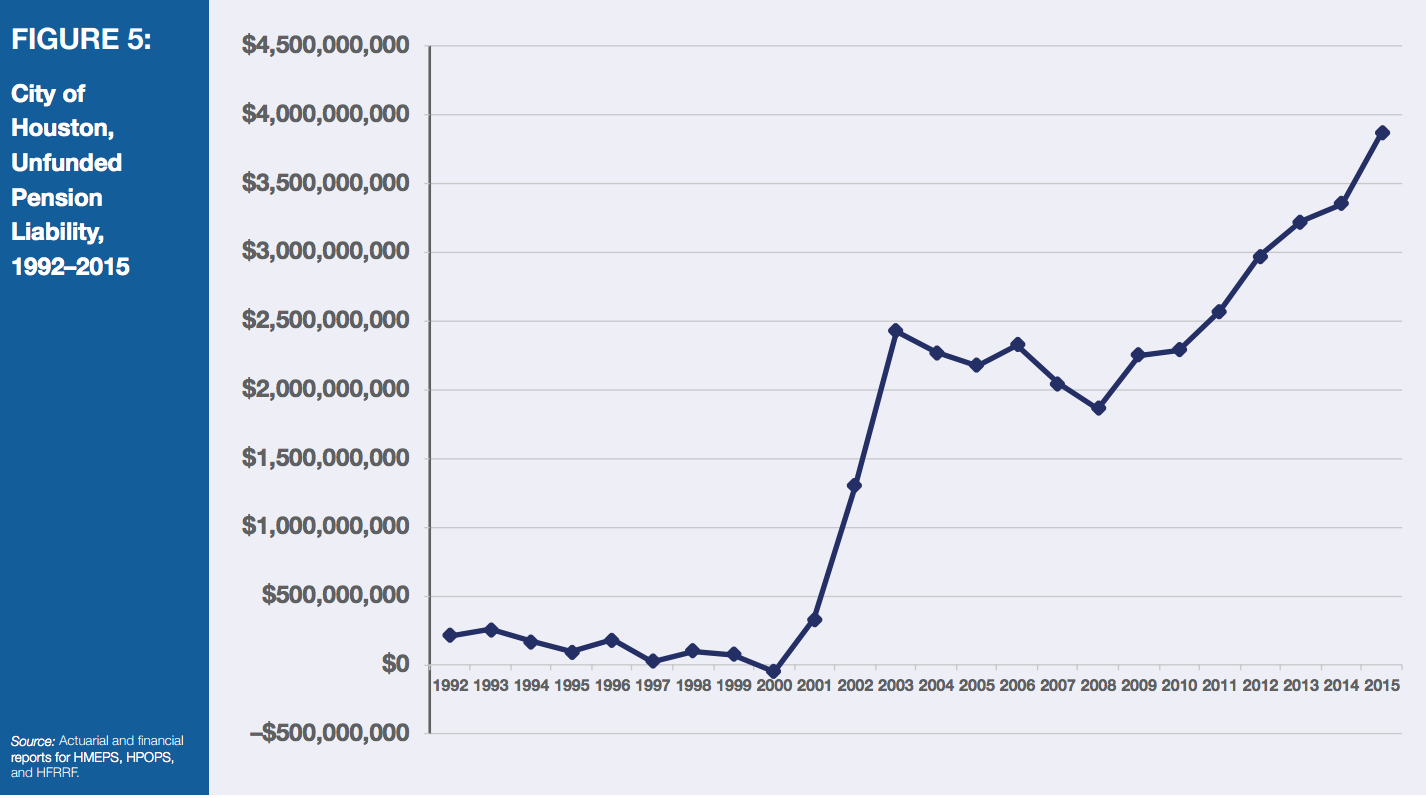A roundup of the most important stories unfolding in Houston right now, told visually, through data compiled by Kinder Institute researchers and writers in 2016.
1. Extreme poverty is a big problem in Houston -- and it's getting worse.
In her report published this fall, the Kinder Institute's Heather O'Connell reported something troubling: 39 percent of the census tracts in Harris County are classified as “high-poverty.” The figure is concerning for two reasons. First, it’s almost double the national rate of high-poverty tracts. Second, the figure has grown locally at a staggering rate, more than quadrupling since 1980.
In Houston, poverty isn’t simply rising. It’s spreading, moving from the core of the city and across the region, transforming places that were once middle-class. Overall, the study finds, economic segregation is tightening its grip on Harris County. The result is a region with a smaller middle-class, a starker division between “haves” and “have nots,” and few indications that the trend is poised to reverse any time soon. Read the full report.
2. Houston's pension expenses are exploding.
Remarkably, in a span of just 15 years, Houston's unfunded pension liability went from $0 to $4 billion. In one of the most high-profile reports it produced in 2016, the Kinder Institute explored how this liability grew so large, so fast. There are a lot of reasons, but there's a coupe big ones. The city has long failed to make sufficent annual payments to those funds. And the funds have made inaccurate projections of their investment returns. The Kinder Institute's report, "The Houston Pension Question," offers options for reforms, several of which were adopted in Mayor Sylvester Turner's announced deal. Read the full report.
3. Houston is still growing like crazy.
Census numbers released earlier this year show that Texas is home to the country’s fastest-growing cities. New York City took the top spot for year-over-year population growth, based on its increase of 55,211 residents from 2014 to 2015. Houston came in just behind New York, ranking number two on the list by adding 40,032 residents in the same period. Its total population now stands at 2,296,224, according to the Census.
Among the 15 U.S. cities that added the most residents during that time frame, five are located in Texas (Houston, along with San Antonio, Fort Worth, Dallas and Austin). The big question -- which we might find out next year -- is whether the downturn in the local economy that continued through 2016 will slow Houston's longstanding and rapid population growth.
4. Despite the national political climate, Houston welcomes immigrants.
The U.S. just elected a president whose campaign was largely defined by anti-immigrant rhetoric, including a promise to deploy a "deportation force" and erect a wall around the nation. But Houstonians are far less hostile towards immigrants, including undocumented workers, the Kinder Houston Area Survey found this year.
For example, locally, more people than ever – 63 percent – believe immigrants contribute more to the U.S. economy than they take. That’s up from 45 percent in 2010. “We’ve had 30 years of Houston being a city of immigrants,” said Kinder Institute founding director Stephen Klineberg said, “and residents are increasingly aware of how much immigrants have contributed to the vitality of the region.” There’s also a rising number of people in Houston who seem unconcerned with undocumented immigration. Today, 79 percent of Houston area residents say undocumented immigrants living in the area are not a “very serious” problem. That’s up from 50 percent just six years ago. Read the full report.
5. Many Houstonians want more a more "urban" style of living -- but they aren't getting it.
The longstanding Kinder Houston Area Survey asks residents annually whether they'd prefer a single-family home with a big yard, or a smaller home in a more urbanized area. In recent years, Houstonians have been almost evenly split on this issue. But this year, the Urban Edge blog took a deeper dive into the numbers. It turns out, there are a lot of Houstonians who want to live in a more urban area, but for whatever reason, aren't currently doing so.
Roughly 1 in 5 Harris County residents want to live in an urban area but aren’t doing so. About the same rate of urban-seekers lack an urban home in Montgomery County, north of Houston. And in Fort Bend County, southwest of Houston, more than 1 in 4 residents want the urban lifestyle but aren't living it.
The survey findings can’t, of course, explain exactly why this is happening. But there are plenty of reasons people might not be able to live in an urban environment, even if they might prefer one, whether its the location of their jobs, their perceptions about urban schools, or skyrocketing home prices inside Houston’s urban core. Read the full analysis.



